Greenhouse Kits: The Ultimate Solution for Year-Round Gardening
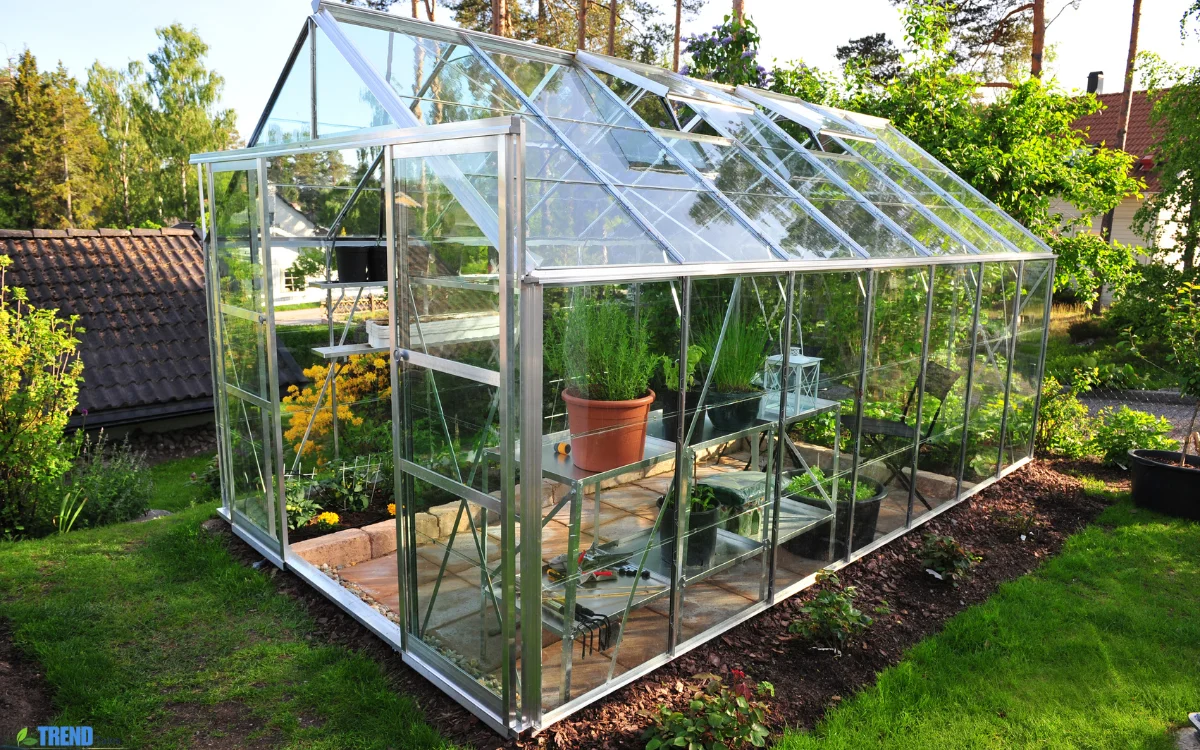
Gardeners frequently encounter difficulties due to changing seasons. Whether it’s frost damaging delicate plants or heatwaves drying out soil, weather can make or break a garden. That’s where greenhouse kits come in. These versatile and easy-to-install structures help protect your plants, extend growing seasons, and increase yields. In this guide, you’ll learn everything you need to know about choosing, setting up, and using greenhouse kits effectively.
What Are Greenhouse Kits?
Greenhouse kits are pre-manufactured sets that include all the necessary components to build a greenhouse. They are designed for ease of assembly and can be used by gardeners of all skill levels. From hobby greenhouses for backyard gardeners to larger setups for serious growers, there are options for everyone.
Greenhouse kits usually come with a frame constructed from materials like aluminum, steel, or wood, and feature panels made from glass, polycarbonate, or polyethylene. Some models come with additional features like shelves, ventilation systems, and UV protection to help improve plant health and growing efficiency.
By using greenhouse kits, even beginners can start cultivating vegetables, herbs, flowers, and ornamental plants in a controlled environment without relying on professional builders or contractors.
Benefits of Using Greenhouse Kits
Greenhouse kits offer numerous benefits for gardeners, making them a smart investment for anyone serious about plant care.
Extended Growing Season
A greenhouse allows you to grow plants throughout the year, no matter what the weather conditions are like outside. This is especially useful in regions with short summers or harsh winters. By providing warmth and protection, greenhouse kits allow you to start planting earlier in the spring and continue later into the fall and winter.
Protection from Pests and Diseases
The enclosed structure of greenhouse kits helps keep out pests, birds, and harmful insects that can damage plants. This minimizes the need for harmful pesticides, promoting healthier and more organic gardening practices.
Better Climate Control
You can control temperature, humidity, and light more effectively in a greenhouse environment, which leads to healthier plants and better yields. This control allows you to grow exotic or temperature-sensitive plants that wouldn’t normally survive outdoors.
Space Efficiency
Greenhouse kits are available in various sizes, making them perfect even for small gardens, patios, or urban balconies. Whether you need a compact solution or a walk-in greenhouse, there’s a kit designed for your space.
Increased Plant Variety
With greenhouse kits, you’re not limited by your region’s climate. You can experiment with a wide variety of plants, including tropical flowers, succulents, and heat-loving vegetables like peppers and tomatoes.
Types of Greenhouse Kits
Understanding the different types of greenhouse kits available can help you choose the right one for your garden needs.
Walk-In Greenhouse Kits
These are spacious enough to enter, making it easy to care for and organize several plants inside. They often come with built-in shelving, sturdy construction, and enough room to work comfortably during planting and maintenance.
Mini Greenhouse Kits
Perfect for beginners or those with limited space, mini kits fit easily on patios or balconies and offer a compact solution for plant protection. These are often portable and ideal for seed starting or small-scale herb gardens.
Tunnel Kits
Also known as hoop houses, these are long, rounded structures ideal for growing vegetables in bulk. They offer excellent insulation, affordability, and space for row planting.
Lean-To Kits
These attach to an existing wall, saving space while still providing adequate growing conditions. They are ideal for urban settings and can even help reduce heating costs if attached to a warm building.
How to Choose the Right Greenhouse Kit
Not all greenhouse kits are created equal. Here are some factors to consider before making a purchase:
Material
Polycarbonate panels are lightweight and durable, making them a popular choice. Glass offers clear visibility but is heavier and more fragile. Frame material should be rust-resistant and sturdy, especially in areas with high wind or rain.
Size
Choose a size based on the number of plants you want to grow and the space available in your yard or garden. It’s always better to go slightly larger than you think you’ll need, as your plant collection may grow over time.
Ventilation
Proper ventilation is crucial for controlling humidity, preventing mold growth, and maintaining a stable temperature. Look for greenhouse kits with roof vents, adjustable windows, or built-in fans to ensure proper airflow.
Assembly
Some greenhouse kits require tools and DIY skills, while others offer quick and easy setup with snap-together parts. Check the assembly guide and customer reviews before buying to ensure it matches your skill level.
Setting Up Your Greenhouse Kit
Setting up greenhouse kits correctly ensures optimal plant growth and long-lasting performance.
Choose the Right Location
Choose a level, well-lit area in your garden that offers proper drainage. Make sure the area gets at least 6 hours of sunlight per day. Avoid placing it near large trees that may block light or drop debris onto the structure.
Prepare the Ground
Level the ground and, if needed, add gravel or concrete to create a solid foundation. This prevents sinking and increases stability, especially during rainy seasons.
Assemble the Kit
Follow the instructions provided. Most kits include labeled parts and diagrams. It’s helpful to have an extra pair of hands during assembly to manage larger frames and ensure proper alignment.
Install Shelving and Accessories
Once the frame and panels are up, add any shelves, planters, or irrigation systems that came with your kit. Organize your plants by height, sunlight requirement, and watering needs to optimize space.
Tips for Using Greenhouse Kits Effectively
To get the most from your greenhouse, keep these tips in mind:
-
Monitor Temperature: Use a thermometer and open vents during hot days to prevent overheating.
-
Water Consistently: Greenhouses can dry out quickly. Install a drip irrigation system or water manually every day.
-
Rotate Crops: Avoid planting the same crop repeatedly in the same spot to reduce soil-borne diseases.
-
Clean Regularly: Remove dead leaves and clean the panels to maximize light penetration.
-
Use Shade Cloth in Summer: This helps prevent scorching and overheating during peak heat hours.
Common Mistakes to Avoid with Greenhouse Kits
Even the best greenhouse kits can underperform if used incorrectly. Avoid these common mistakes:
-
Placing your greenhouse in a shaded or poorly drained area.
-
Forgetting to ventilate during warm weather.
-
Excessive watering can cause fungal infections and lead to root rot.
-
Failing to inspect for pests that may enter through vents or beneath doors.
Conclusion
Greenhouse kits offer a cost-effective and practical solution for shielding your plants and lengthening the growing season. No matter your experience level, you can find a greenhouse kit suited to your gardening needs. By choosing the right type, installing it correctly, and following proper care practices, you can enjoy healthy plants and abundant harvests throughout the year. Investing in a greenhouse kit not only enhances your gardening success but also brings joy and satisfaction as you watch your plants thrive regardless of the season.
FAQs About Greenhouse Kits
Q1: What is the best material for greenhouse kits?
Polycarbonate is a popular choice due to its lightweight, shatterproof properties, and insulation ability. Glass is ideal for aesthetics and light transmission but requires more care and maintenance.
Q2: Do I need a permit to install greenhouse kits?
In most residential areas, small units do not require a permit. However, it’s best to check with your local zoning office or homeowner’s association for specific regulations.
Q3: Can I use them during winter?
Yes, with proper insulation and heating, they can support plant growth even during cold months. Numerous gardeners cultivate root crops, leafy greens, and even blooming flowers inside greenhouses during the winter months.
Q4: How long do greenhouse kits last?
With proper maintenance, they can last anywhere from 5 to 15 years, depending on materials and environmental conditions. Routine maintenance, including cleaning, sealing against weather, and making small repairs, can significantly prolong their durability.
Q5: Are they worth the investment?
Absolutely. They protect your plants, extend the growing season, and allow for greater control over your gardening environment. Over time, the ability to grow your own produce and reduce plant losses can offset the initial cost.
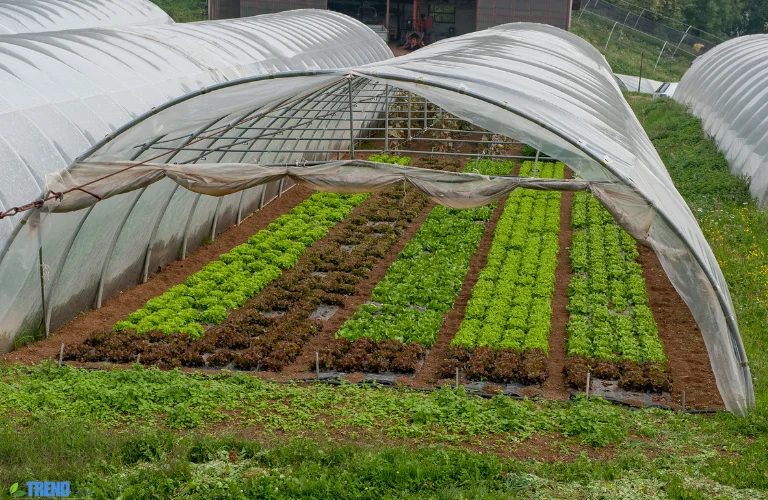
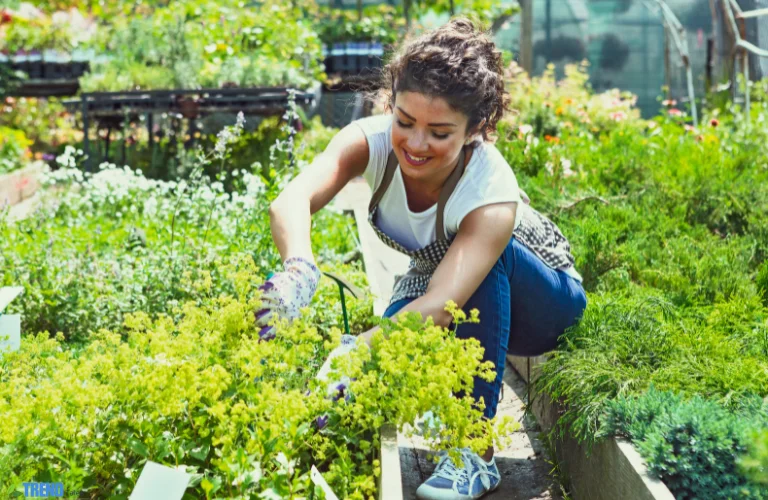
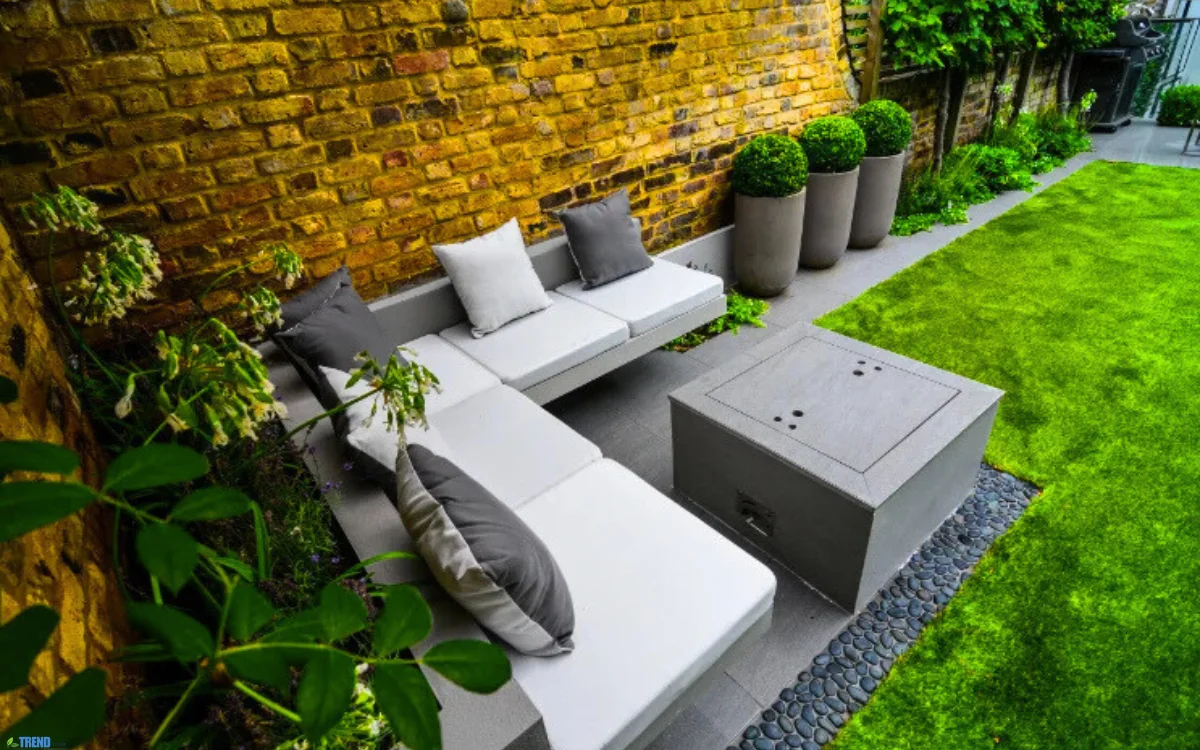
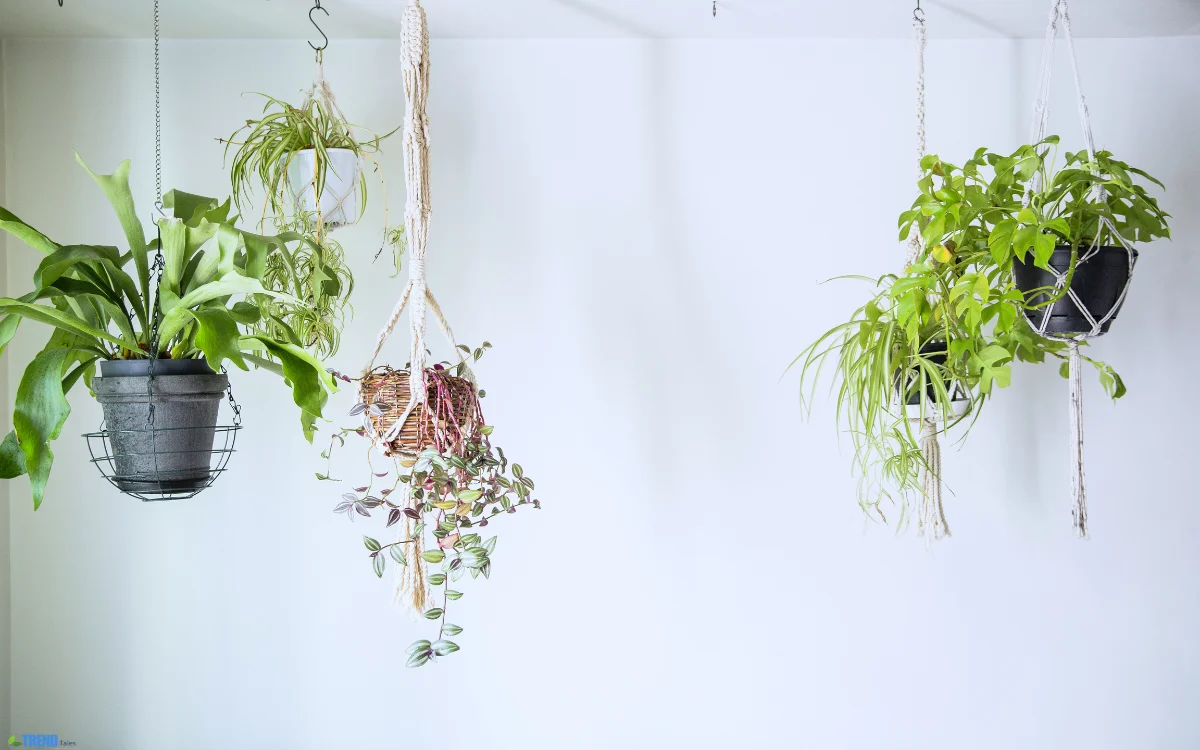
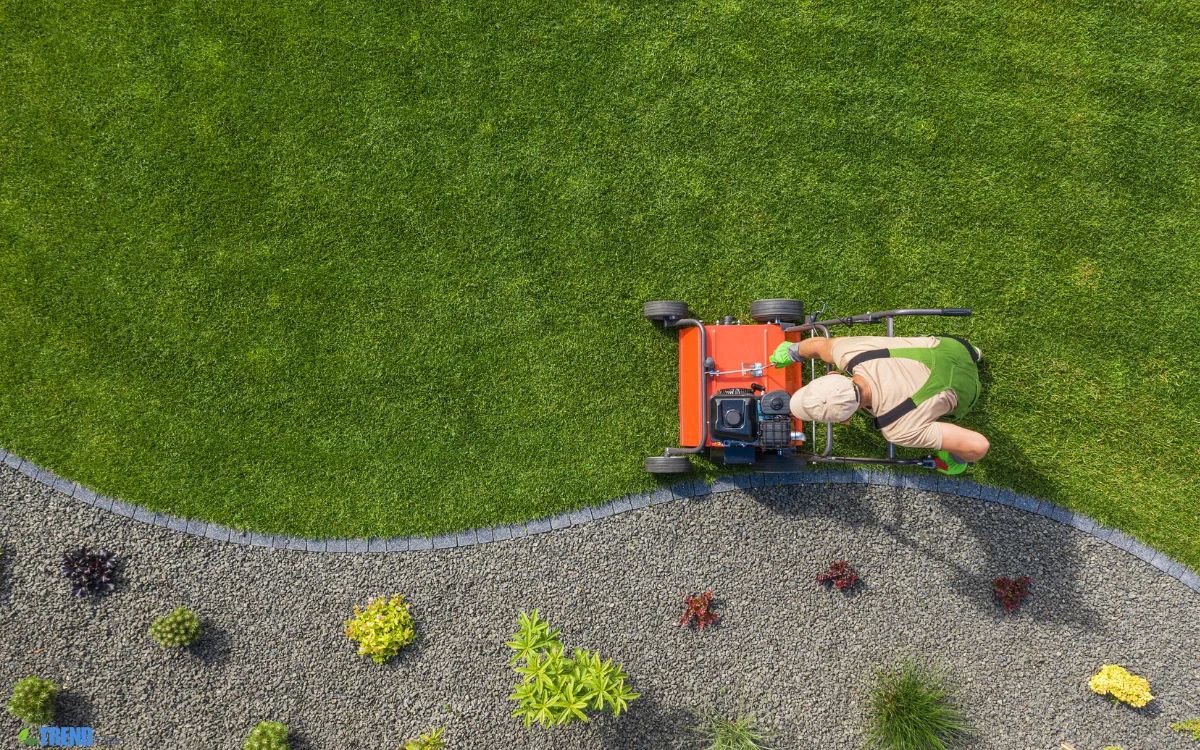
1 comment